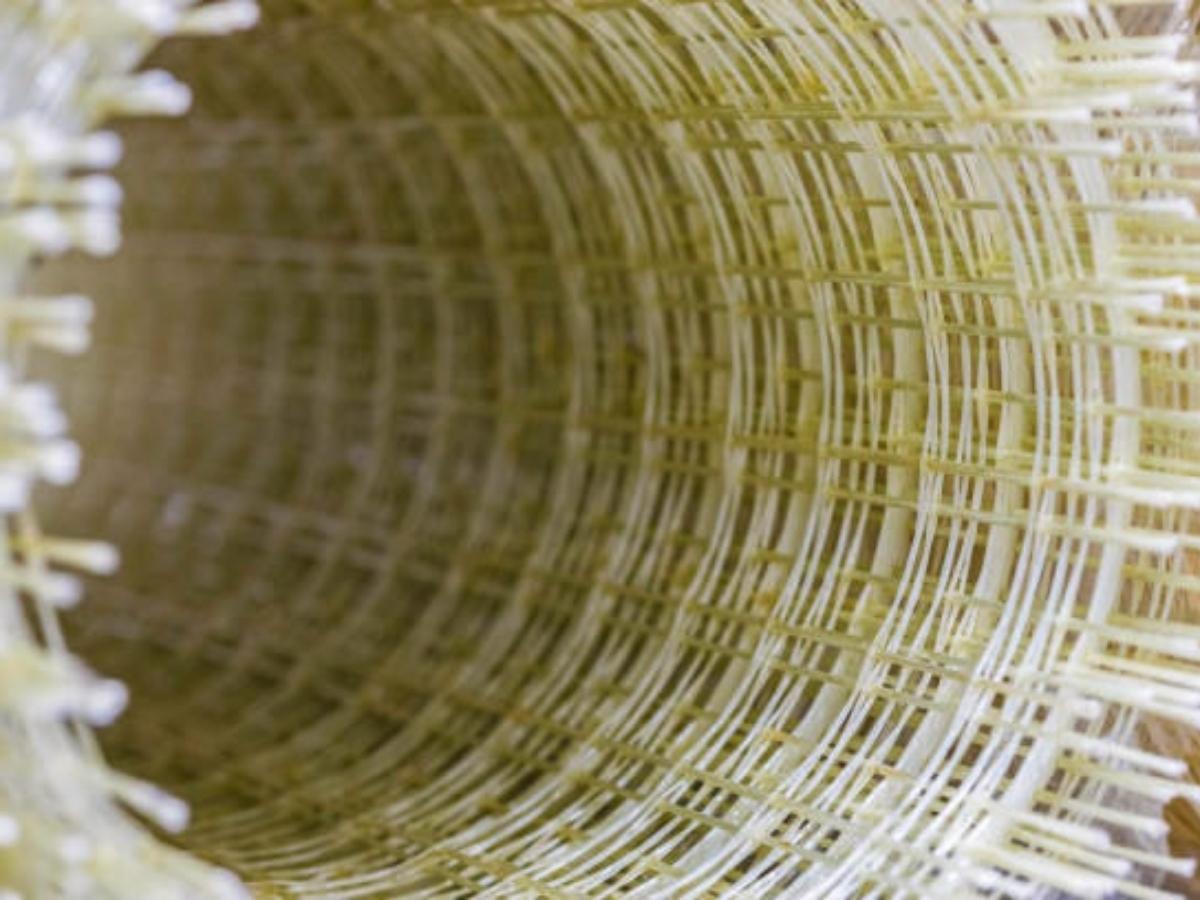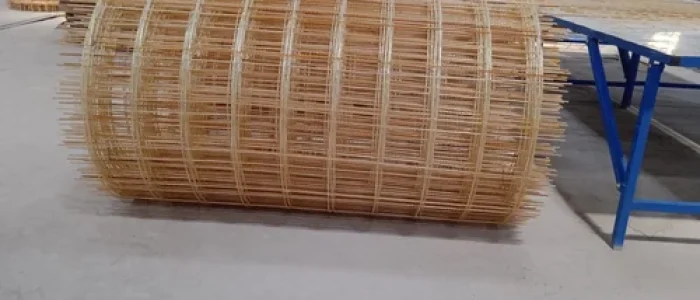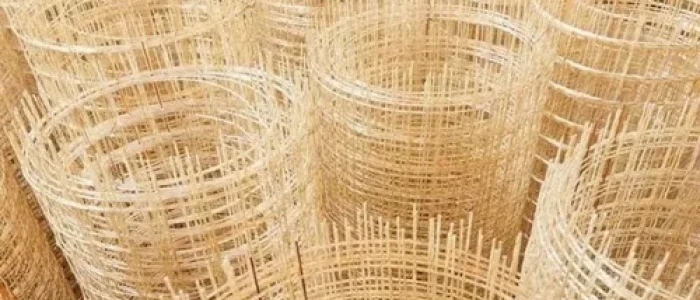Présentation du maillage GFRP, France
Dans la construction moderne, le treillis en PRFV (polymère renforcé de fibres de verre) représente une solution innovante et polyvalente. Sa résistance à la corrosion, sa légèreté et sa robustesse exceptionnelle améliorent non seulement la qualité du béton, mais simplifient également les processus de construction, réduisent les coûts de maintenance et prolongent la durée de vie des bâtiments.

Renforcement des structures en béton et des structures mixtes en béton armé

Structures situées dans les zones côtières, les aéroports, les hôpitaux, les bases militaires et plus encore

Objets à usage spécial (centrales électriques)

Structures sensibles au poids

Industrie routière (construction de ponts, routes, tunnels)

Construction de structures agricoles

Environnements sensibles à la chaleur et au froid (sous-sols, terrasses)

Projets civils (bâtiments commerciaux et résidentiels, immeubles de grande hauteur)

Avantages du maillage GFRP
- Résistance à la corrosion. Le treillis en PRFV ne rouille pas, même dans les environnements les plus difficiles. Contrairement au treillis en acier, le treillis en PRFV assure une durée de vie plus longue et minimise les besoins d'entretien.
- Hautement résistant aux produits chimiques. Treillis en PRFV résistant aux ions salins, aux acides, aux produits chimiques et à l'alcalinité inhérente au béton. Ceci est important pour la construction de structures en béton en zone côtière, à proximité de mers, d'océans, de lacs et de rivières.
- Léger. Les barres d'armature en PRFV sont 9 fois plus légères que les barres d'armature en acier de résistance équivalente.
- Force. Les barres d'armature en fibre de verre ont une résistance à la traction trois fois supérieure à celle de l'acier. Le PRFV présente une adhérence au béton nettement supérieure à celle de l'acier, ce qui rend le béton renforcé de PRFV plus résistant à la fissuration.
Treillis en PRFV vs treillis en acier
| Caractéristiques | Maille PRV | treillis en acier |
|---|---|---|
| Diamètre de la tige (fil), mm | 2.5 | 4.0 |
| Résistance à la rupture, MPa | 1300 | 570 |
| Tension de rupture de la tige, kgf | 600 | 720 |
| Coefficient d'allongement, % | 2.50 | 2.50 |
| Coefficient de conductivité thermique, W/(m*°C) | 0.46 | 56.00 |
| conductivité électrique | Non conducteur | Conducteur |
| Conductivité thermique | Faible | Haut |
| Résistance à la corrosion | Élevé (non affecté par l'eau) | Faible (sans traitement de galvanisation coûteux, les barres d'acier sont sujettes à l'oxydation) |
| Résistance aux charges lourdes | Aucune déformation permanente | Peut être déformé de façon permanente |
| Caractéristiques magnétiques | Ne magnétise pas | Sensible à |
| Frais | Réduction des coûts de fabrication, des coûts de maintenance et des frais de transport (liés à la légèreté) | Des coûts de matériaux inférieurs mais des coûts globaux de production, de transport, d'installation et de maintenance technique plus élevés |
| Grille cellulaire | Diamètre de production | Poids, kg/m² |
|---|---|---|
| 50 X 50 | Ø 4 | 0.78 |
| 100 X 100 | Ø 4-6 | 0,41-1,11 |
| 150 X 150 | Ø 4-6 | 0,28-0,7 |
| 200 X 200 | Ø 4-6 | 0,2-0,54 |
Avantages de l'utilisation du maillage GFRP
- Réduction des déchets de barres d'armature
- Facilement coupé et usiné
- Temps d'installation facile et rapide
- Coûts de transport et de stockage réduits
- Réduction des coûts du projet sur toute sa durée de vie
Le treillis GFRP représente une évolution des barres d'armature en treillis d'acier et constitue le composite GFRP technologie Applicable à la construction dans la quasi-totalité des domaines d'application. Le treillis d'armature composite est durable et affiche des résultats probants. L'utilisation de treillis FRP dans divers projets de construction améliore non seulement l'intégrité structurelle, mais ouvre également de nouvelles perspectives en matière de conception innovante et de pratiques de construction plus efficaces.
Apprendre encore plus:



